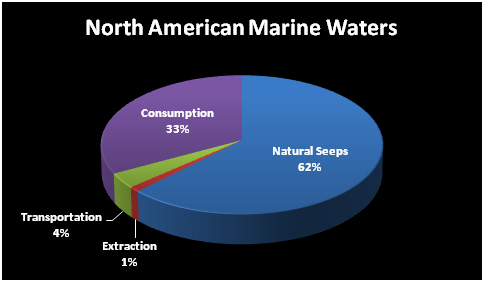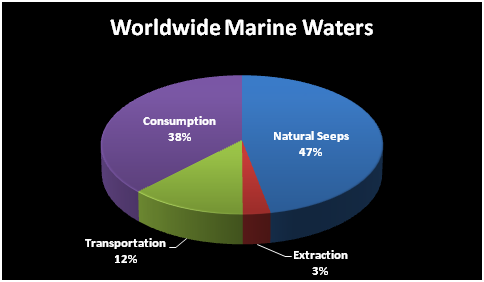Team:UTDallas/Background OilSpills
From 2010.igem.org
| Line 7: | Line 7: | ||
!align="center"|[https://2010.igem.org/Team:UTDallas/Background_OilSpills Oil Spills] | !align="center"|[https://2010.igem.org/Team:UTDallas/Background_OilSpills Oil Spills] | ||
!align="center"|[https://2010.igem.org/Team:UTDallas/Background_DeepwaterHorizon Deepwater Horizon] | !align="center"|[https://2010.igem.org/Team:UTDallas/Background_DeepwaterHorizon Deepwater Horizon] | ||
| - | !align="center"|[https://2010.igem.org/Team:UTDallas/Background_DeepwaterHorizonUpdates Deepwater Horizon | + | !align="center"|[https://2010.igem.org/Team:UTDallas/Background_DeepwaterHorizonUpdates Deepwater Horizon Timeline] |
!align="center"|[https://2010.igem.org/Team:UTDallas/Background_References References] | !align="center"|[https://2010.igem.org/Team:UTDallas/Background_References References] | ||
|} | |} | ||
Latest revision as of 23:28, 27 October 2010
| Environmental Biosensors | Oil Spills | Deepwater Horizon | Deepwater Horizon Timeline | References |
|---|
Oil Spills
Because of the recent Deepwater Horizon Oil Spill disaster and the resulting implications of oil contamination in the environment, we hope to provide you a thorough informational resource for learning about not only the current oil spill, but also general information regarding oil spills because of its direct connection to the one of the main goals of our project.
Facts:
- The United States uses 700 million gallons of oil a day [3]
- Oil has many uses in human activities: fuel source, lubricate machinery, make plastics, make medicines and pesticides, make asphalt [3]
- Natural seepage of crude oil from geologic formations below the seafloor is estimated to exceed 47,000,000 gallons in North American waters and 180,000,000 gallons globally every year [3]
Oil spills cause the oil to float on the saltwater of the ocean, spreading out rapidly across the surface of the water to create a thin sheen. The methods of clean up for oil spills include booms, floating barriers to oil, skimmers, sorbents, dispersants, in-situ burning, vacuum trucks, and washing. [3]
There are four major sources of pollution: naturally occurring oil seeps, extraction, transportation, consumption. Despite popular thought, the oil spills caused by transportation and disasters only constitute a small portion of the oil that enters marine environments every year. The following charts based on information provided by the Ocean Studies Board and Marine Board of the National Academy of Sciences, show the percentage of oil contamination as per each category of source of pollution. [3]
Similarly, oil spills have differing impacts depending on a variety of factors including location, size, and temperature. However, the size of an oil spill does not necessarily dictate the impact that an oil spill will have on a marine environment; rather, the impact of an oil spill depends on its location.
 "
"

